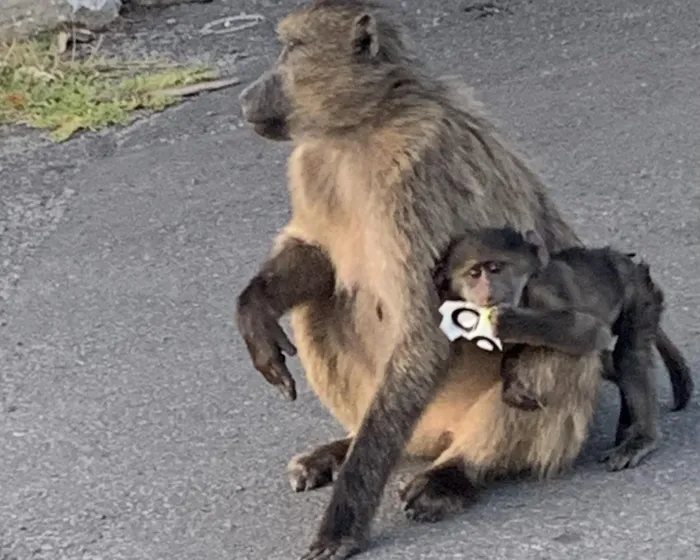Cape Peninsula task team reveals innovative strategies for baboon management

Members of the Cape Peninsula Baboon Management Joint Task Team gathered to present their latest plans to manage baboon troops and reduce human-wildlife conflict.
Image: Erin Carelse
The Cape Peninsula Baboon Management Joint Task Team (CPBMJTT) recently issued a joint statement outlining its progress and plans for managing baboons on the Peninsula.
This update was shared with the Cape Peninsula Baboon Advisory Group (CPBAG) at their second official meeting, held on Tuesday, May 27.
The CPBMJTT, which includes representatives from SANParks, CapeNature, and the City of Cape Town, said in the joint statement that members of the Shark Spotters have taken on some of the day-to-day baboon management tasks under the Cape Baboon Partnership.
Since March 2025, the Shark Spotters have been providing baboon rangers, running the baboon hotline, and leading community education and outreach efforts.
The CPBAG is made up of representatives from local communities, civic associations, conservation groups, academic institutions, and animal welfare organisations with an interest in baboon management on the Cape Peninsula.
In the statement, several challenges currently facing baboon management were outlined, including “increasing human-baboon conflict and poor welfare among some troops.”
The CPBMJTT stated that their proposed action plan, part of the Cape Peninsula Baboon Strategic Management Plan (CPBSMP), aims to “maintain a healthy, free-ranging baboon population in natural areas, with input from affected communities on local solutions.”
As part of this plan, the task team has proposed removing five splinter troops from the Peninsula due to “limited access to natural foraging areas, poor troop health, and frequent human-wildlife conflicts.”
The five splinter troops under review include CT1 and CT2, located north of Constantia Nek; Waterfall and Seaforth, which are splinter troops from Smitswinkel; and Da Gama4, active in and around Welcome Glen and Glencairn.
Options for their removal include "rewilding through translocation, relocation to existing or new sanctuaries, humane euthanasia, or a combination of these."
The plan will be reviewed by a panel of international and local experts and shared with the CPBAG for feedback by mid-June.
The task team is also exploring infrastructure improvements, including a northern fence to prevent troop movement over Constantia Nek, and a separate fence to help keep the Slangkop troop out of Kommetjie, Ocean View, and surrounding areas, the statement noted.
Academic institutions are being consulted on a potential contraception trial for the northern subpopulation of baboons, which has a high annual growth rate of around 8%.
Residents are encouraged to visit baboons.org.za for information and updates.
Summary reports on each troop - covering their health, movements, and numbers - are expected to be available on the site by mid-June.
Residents can also join their local baboon WhatsApp groups for alerts about troop activity in their area.
Related Topics: